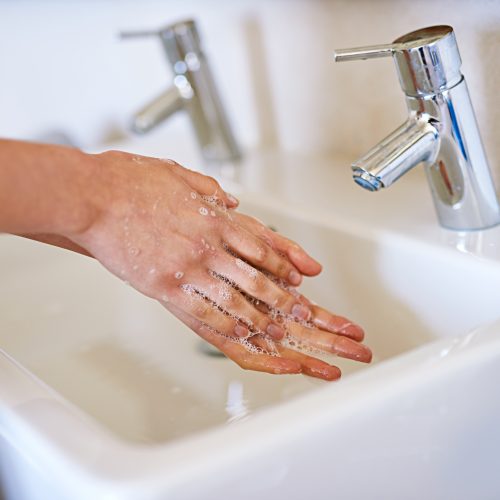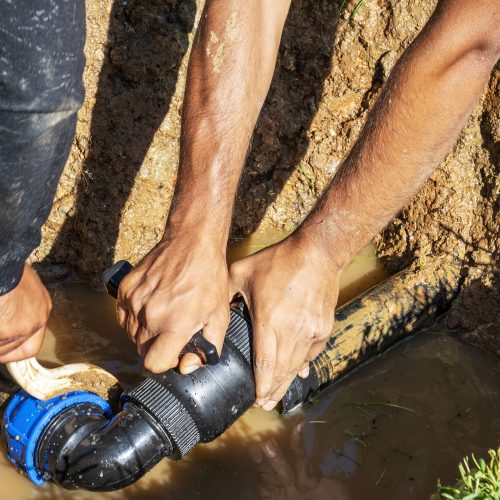Description
Information campaigns at the household level can trigger behavioural changes in consumption. Different types of information can be communicated to promote water-saving initiatives and activities. This includes information about:
- devices for household appliances to monitor water use, such as for showers or washing machines
- technical advice that offers water-saving tips, for example, spending less time in the shower
- norm-based information communicating practical household experiences, as before-and-after examples, for instance
- benchmarking data, comparing the performance of a household against its
neighbours - informing residents of the potential impacts of localised drought and flooding
This information can also be conveyed in different ways. Whereas providing information through public advertisement campaigns is one option, information can also be provided in combination with water-saving competitions or similar interactive ways of raising awareness. Attitude campaigns targeting children in schools and pre-schools, who then start ‘policing’ their parents, have also proven to be effective. For most families in cities of developing countries, women and girls are the primary providers, managers and users of water. In general, women’s willingness to conserve water is higher than men’s, and they were found to be more responsive to the advertising campaign.[1] Therefore, recognising women and girls as agents of change in their communities and households, targeted campaigns should be developed to promote water conservation and provide information on accessible water sources, water facility operation and maintenance, and hygiene procedures.
In Spain, the Zaragoza Water Saving City programme ran a broad media campaign, which was extended to schools. Discounts were offered on water-efficient products, and this initiated voluntary commitments by residents and businesses.[2] A “50 Good Practices” guide was also developed that provided businesses with a reference model for identifying effective methods of improving water efficiency.
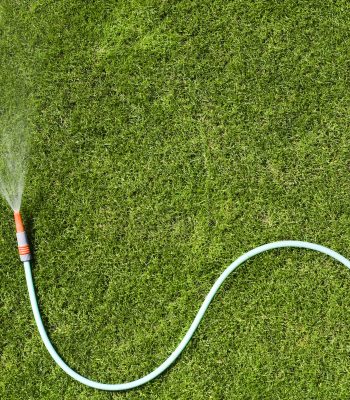
Resource implications and key requirements
This policy option is a relatively low-cost and proactive approach compared to more reactive network investments. However, it requires substantial efforts to reach the majority of households, in particular, if children are to be convinced, and there should be an administrative commitment to the policy to generate long-term behavioural changes.
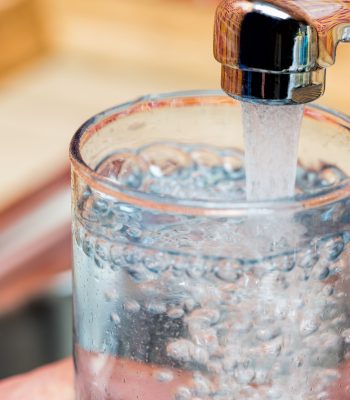
Potential private-sector participation
Public or private water utility firms may have an incentive to influence water consumption patterns – in particular, when infrastructure or water sources are stressed. Utility firms often provide awareness campaigns through external non-profit organisations and through school teachers when education campaigns target school children.
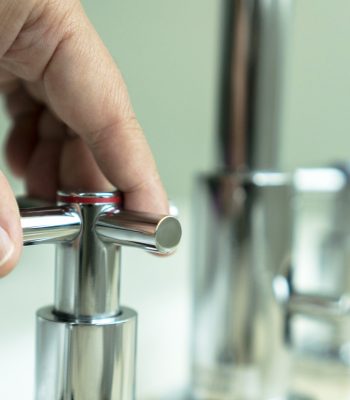
Implementation obstacles and solutions
A lack of municipal resources or committed city officials may prevent effective attitude campaigns from taking place. To overcome this problem, one solution may be to team up with local NGOs and schools in order to benefit from their resources and enthusiasm to promote public awareness and attitude campaigns, including for school children. Another ally could be the local water utility company, as it may have an incentive to influence water consumption patterns – in particular, when infrastructure or water sources are stressed.
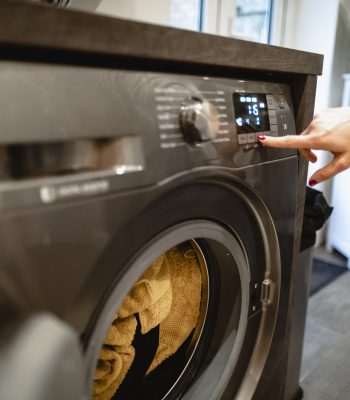
References
[1] Heiman (2012), “The Use of Advertising to Encourage Water Conservation: Theory and Empirical Evidence”, Journal of Contemporary Water Research & Education, Vol.121, pp 79-86.
[2] 2030 Water Resources Group (2013), “Managing Water Use in Scarce Environments: A Catalogue of Case Studies”, August 2013.









